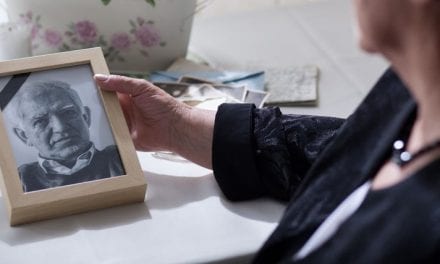Lost Hearing aids are a huge headache for senior living providers. They are easy to lose and hard to find once lost.
A significant number of senior living residents wear hearing aids. When they are used properly they significantly improve the quality of life for their wearers. They are also tiny fragile expensive complex pieces of equipment that are prone to problems and loss.
The Headache
Lost Hearing aids are a huge headache for senior living providers. They are easy to lose and hard to find once lost. They are one of the most common forms of conflicts between residents and families on one side and management on the other. Families expect the senior community to find or replace very expensive devices. Community leaders rightly point out that they do not provider 24/7 companionship for residents and do not have the ability to keep track of what happens to those devices.
Even when the resident agreement very specifically protects the community from the liability arising from the loose of a hearing aid the loose can do substantial damage to the trust relationship between families and residents.
Finally even when a lost hearing aid has been found, it often turns out that the device was lost in a place that resulted in the device being jostled, exposed to contaminants and otherwise breaks the devices altogether or depredates performance.
Un-losing Hearing Aids
Mark Rosal formed a company called Ear Gear to with the goal of eliminating or at least substantially reducing the problem of lost hearing devices. It began when he created a solution to help his then 2-year old daughter enjoy a secure, comfortable, and ultimately enriching experience with hearing aids.
In 1997, Rosal developed Ear Gear Armor, a protective covering for hearing aids that not only protects the instrument from damage by handling or environmental causes, but also provides both security and comfort to the wearer with its corded clip and the smooth feel of its finely crafted double spandex sleeve that snugly enfolds the entire instrument,. Today there are models designed to fit nearly every type and size of hearing aid.
The cover protects it from damage and a clip cord allows it to be attached to a residents clothing substantially reducing the likelihood of loss if a wearer removes the device or it fall off.
The covers cost $30 USD and are available for almost every model hearing aid. Mark and his team have generously agreed to send Senior Housing Forum readers a free sample that you can try out on your most losingest resident. Ear Gear suggests, you measure the hearing aid, by laying it vertically on a ruler, once you have the size, follow this link www.gearforears.com/sample to the sample form and it will be very easy to choose the correct model of Ear Gear.
If your resident wears ITE hearing aids ( In the Ear) , Ear Gear also has a model that will work to improve security, but the hearing aid must be fitted with a corresponding attachment piece, that must be installed by an audiologist or hearing instrument provider.
Steve Moran








